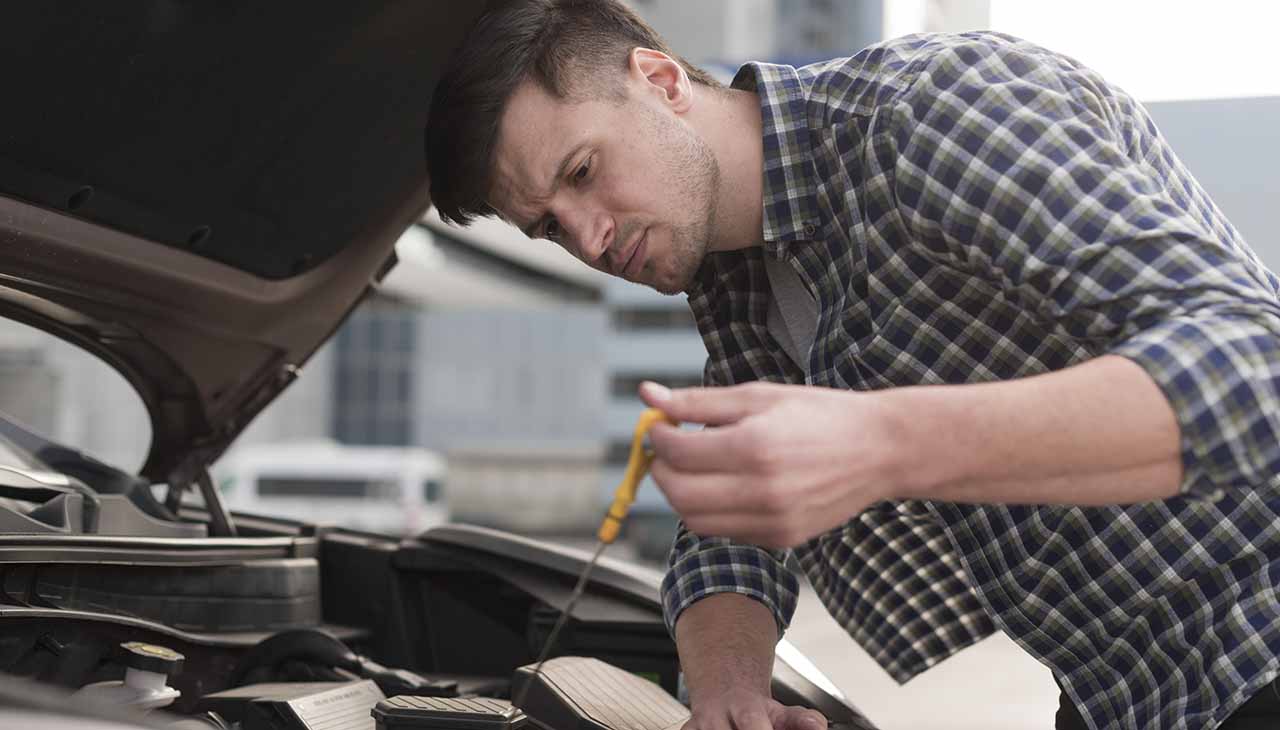
Maintain Your Ride Like a Pro with These Easy DIY Car Tasks
Introduction
Ever felt a surge of pride after fixing something yourself? Imagine the satisfaction of maintaining your own car. DIY car maintenance is not only a growing trend but also a rewarding practice. Whether you’re a seasoned car enthusiast, a first-time car owner, or a DIY fanatic, learning basic car maintenance tasks can save you money and give you a deeper understanding of your vehicle.
In this post, we’ll explore essential tools, simple maintenance tasks you can do at home, step-by-step guides to get you started, and the benefits of handling your car care. By the end, you’ll have the confidence to tackle these tasks yourself and keep your ride in top shape.
Basic Tools Every Aspiring Car Enthusiast Should Have
Before you start working on your car, gather a set of essential tools. Having the right equipment not only makes the job easier but also ensures your safety.
The Essentials
First on the list is a quality set of wrenches and sockets. These tools come in various sizes to fit different bolts and nuts. A basic set includes both metric and standard sizes. You’ll also need a good screwdriver set with flathead and Phillips head screwdrivers.
Next, invest in a pair of pliers and a pair of needle-nose pliers. These are handy for gripping, twisting, and cutting wires. A car jack and jack stands are crucial for lifting your car safely. Make sure they’re rated for your vehicle’s weight.
Advanced Tools
For more advanced tasks, consider an oil filter wrench for changing your car’s oil and a torque wrench to ensure bolts are tightened to the correct specifications. A battery tester and multimeter can help diagnose electrical issues. Lastly, a funnel, oil drain pan, and a car maintenance manual specific to your model will round out your toolkit.
Safety First
Don’t forget safety gear. Gloves will protect your hands from cuts and chemicals, while safety glasses shield your eyes from debris. A fire extinguisher is also a good idea, just in case. With these tools and safety items, you’ll be prepared to handle a range of car maintenance tasks.
Simple Car Maintenance Tasks You Can Do at Home
Ready to get your hands dirty? Here are some straightforward car maintenance tasks you can perform at home without needing a mechanic.
Changing a Car Battery
A dead car battery can leave you stranded. Fortunately, changing it is a simple task. First, turn off your car and use a wrench to disconnect the negative cable, followed by the positive cable. Remove the old battery, place the new one in the tray, and reconnect the positive cable first, then the negative.
Replacing Wiper Blades
Worn-out wiper blades can hamper visibility during rain. Lift the wiper arm away from the windshield, press the small tab on the underside of the wiper, and slide it off. Attach the new blade by sliding it onto the arm until it clicks into place. Repeat for the other blade.
Checking and Changing the Engine Oil
Regular oil changes are vital for engine health. Check your oil level using the dipstick; if it’s low or dirty, it’s time for a change. Unscrew the oil drain plug and drain the old oil into a pan. Replace the oil filter, then add new oil using a funnel.
Replacing an Air Filter
A clean air filter improves engine performance. Open your car’s hood and locate the air filter box. Unclip the latches, remove the old filter, and place the new one inside. Secure the box with the latches.
Changing Spark Plugs
Replacing spark plugs can enhance fuel efficiency. Disconnect the wires from the old spark plug, use a socket wrench to remove it, and screw in the new plug by hand before tightening it with the wrench. Reconnect the wires.
Step-By-Step Guides for Each Task
Here’s a more detailed look at each task, including safety tips to ensure you do it right.
Changing a Car Battery
- Safety First: Ensure the car is off and the keys are removed from the ignition.
- Disconnect the Battery: Use a wrench to loosen the nut on the negative terminal first, then remove the cable. Repeat with the positive terminal.
- Remove the Battery: Carefully lift the old battery out of the tray. Batteries are heavy, so use both hands.
- Install the New Battery: Place the new battery in the tray, ensuring it’s secure. Connect the positive terminal first, then the negative.
- Test: Start the car to ensure the new battery works.
Replacing Wiper Blades
- Lift the Wiper Arm: Gently pull it away from the windshield until it stays in position.
- Remove the Old Blade: Locate the small tab underneath the wiper blade and press it to release the blade.
- Attach the New Blade: Slide the new blade onto the wiper arm until it clicks into place. Lower the wiper arm back onto the windshield.
- Test: Turn on your wipers to ensure they’re working correctly.
Checking and Changing the Engine Oil
- Warm Up the Engine: Run your car for a few minutes to warm up the oil.
- Drain the Oil: Place a drain pan under the oil drain plug, unscrew the plug, and allow the oil to drain completely.
- Replace the Oil Filter: Unscrew the old filter, and apply a bit of new oil to the gasket of the new filter before screwing it in.
- Add New Oil: Replace the drain plug, then pour new oil into the oil filler hole using a funnel. Check the level with the dipstick.
- Dispose of Old Oil: Take the old oil to a recycling center.
Replacing an Air Filter
- Locate the Air Filter Box: Usually near the front of the engine compartment.
- Open the Box: Unclip the latches or unscrew the bolts holding the box closed.
- Remove the Old Filter: Take out the old filter and note its position.
- Install the New Filter: Place the new filter in the box in the same position as the old one.
- Secure the Box: Clip the latches or screw the bolts back in place.
Changing Spark Plugs
- Disconnect the Battery: This step is optional but adds an extra layer of safety.
- Remove the Spark Plug Wire: Gently twist and pull the wire off the plug.
- Remove the Old Plug: Use a socket wrench to unscrew the old spark plug.
- Install the New Plug: Screw in the new plug by hand, then tighten it with the wrench. Reconnect the wire.
- Test: Start the engine to ensure it’s running smoothly.
Benefits of Regular DIY Maintenance
Taking care of your car yourself offers numerous benefits beyond just saving money.
Cost Savings
DIY car maintenance can save you hundreds of dollars annually. Labor costs at a mechanic can add up quickly, but by performing simple tasks yourself, you keep that money in your pocket.
Better Understanding of Your Vehicle
Working on your car helps you understand how it operates. This knowledge can be invaluable if you encounter problems on the road. You’ll be better equipped to diagnose issues and decide whether or not professional help is needed.
Increased Vehicle Longevity
Regular maintenance keeps your car running smoothly and extends its lifespan. By staying on top of things like oil changes and air filter replacements, you prevent minor issues from becoming major problems.
Conclusion
Starting your DIY car maintenance journey can be incredibly rewarding. By mastering basic tasks like changing a car battery, replacing wiper blades, and checking your engine oil, you’ll save money and gain a deeper appreciation for your vehicle. Remember, it’s always okay to seek professional help for complex issues.
We’d love to hear about your experiences and any tips you have. Share them in the comments below! If you found this guide helpful, check out our related articles and subscribe for more tips and tricks on keeping your car in top shape.

